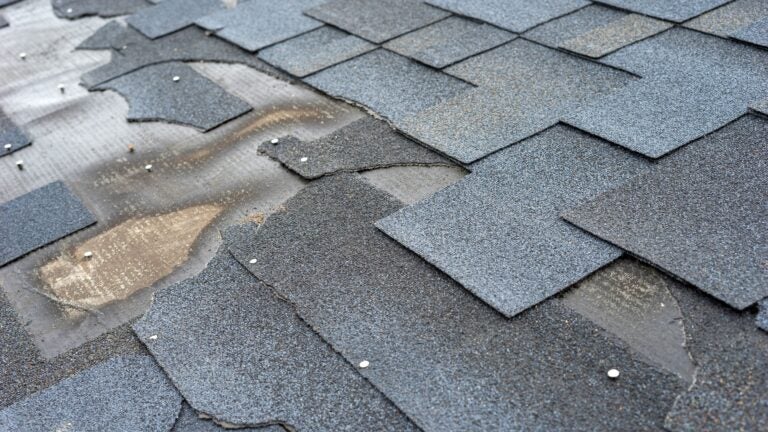Address Newsletter
Our weekly digest on buying, selling, and design, with expert advice and insider neighborhood knowledge.

While the spring housing market tends to be the busiest, after Labor Day there is an uptick in home purchases in most markets. With that in mind, there are some things a buyer should look out for, beyond the ZIP code and curb appeal.
While not an exhaustive list, we at Charlie Allen Renovations feel the following items are among the more important things to consider before making an offer:
· Check the electrical panel to make sure it is up to date with circuit breakers, not fuses. Fewer and fewer houses have fuses anymore, but we still see them.
· Check the receptacles in the house to make sure they are three-prong grounded.
· Exterior, kitchen, and bath receptacles should be GFCI, or ground-fault circuit interrupter, protected.
· It would take a service tech to do a full analysis of your heating system, but look for any evidence of corrosion around the pipe connections, which could indicate a slow leak that could lead to larger repairs if not addressed.
· If the house is heated with forced hot air, it is easy to see whether the trunks and metal ducting are insulated and the joints are sealed. If they are not, this will drastically reduce the efficiency of the system.
· Similarly, check pipe connections under sinks for evidence of leaking or corrosion.
· If possible, take a look in the attic to see how well it is insulated and to check for signs of water leaks on the wood framing or roof sheathing.
· Look for bubbling paint on the home’s siding and trim unless the house is clad in vinyl. Bubbling paint can mean a few things but can be associated with a leak from above.
· From the ground (maybe with binoculars), examine the roof shingles to see whether they are broken, curled, or missing. These are signs that the roof is nearing the end of its life. While you’re at it, check the chimney for missing bricks or large gaps where the mortar is missing.
· Take a close look in the basement for signs of flooding. Is there a sump pump to handle water? Look at any wood walls or stair framing for water stains. Use a flashlight to peer into the corners, where the concrete could still be stained. A leaky basement typically has a musty smell that is hard to eliminate.
· Look for rodent droppings in corners, especially in the basement, although they can also be found in the attic.
· Termite mud tubes can be spotted in the basement sometimes, typically up where the house meets the foundation. They are pretty easy to spot.
· Something trickier to spot is frass, which is pest excrement. Look for spider webs up in the wood framing, mainly around the perimeter of the house. If there is a lot of sawdust trapped in the old cobwebs, that can be a sign of carpenter ants or termites. Spiders build their webs near the food source (the ants and termites), and thus the sawdust they create gets stuck in the webs.
· Asbestos was used to insulate pipes and heating ducts up until the 1960s. We still see it fairly often. It is a white-gray fibrous wrap found around heat pipes and old air ducts. This should be removed prior to the sale, but that doesn’t always happen. Asbestos insulation is the worst type to have to deal with and should be removed only by a licensed abatement company.
· There are a lot of homes with the old asbestos cement siding, which is common in post-World War II homes. It usually has a wavy bottom pattern. This can stay on a house, as there is very little asbestos in it, and if left alone and painted, it will last forever.
· Asbestos floor tile is still found in quite a few homes but, more likely than not, will show up only during a remodel when the current floor that was installed over it is removed. It will almost always have black adhesive on the back. The tile should be removed only by a licensed professional.
Mark Philben is the project development manager at Charlie Allen Renovations in Cambridge. Send your questions to [email protected]. Questions are subject to editing.
Our weekly digest on buying, selling, and design, with expert advice and insider neighborhood knowledge.

Stay up to date with everything Boston. Receive the latest news and breaking updates, straight from our newsroom to your inbox.
Conversation
This discussion has ended. Please join elsewhere on Boston.com